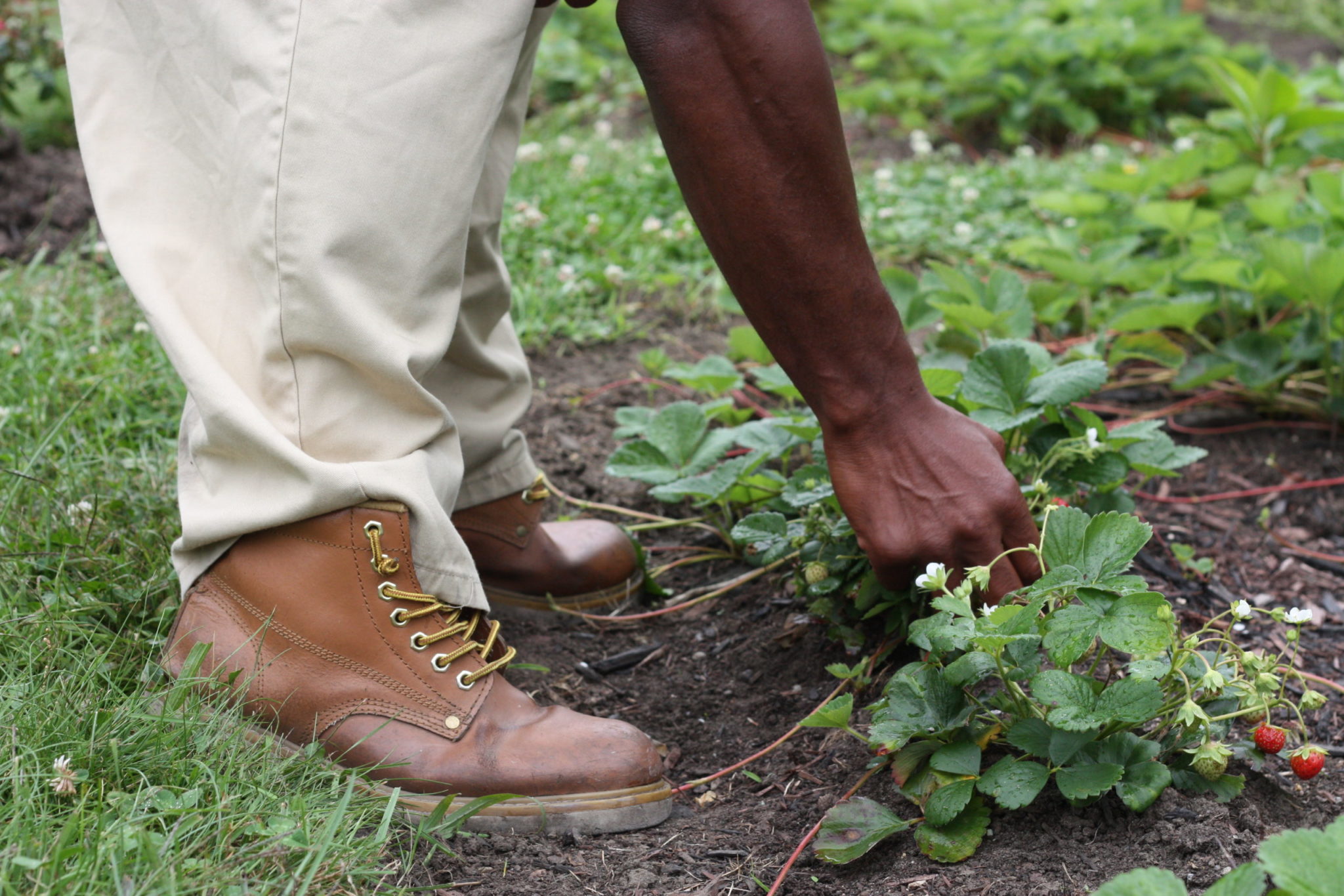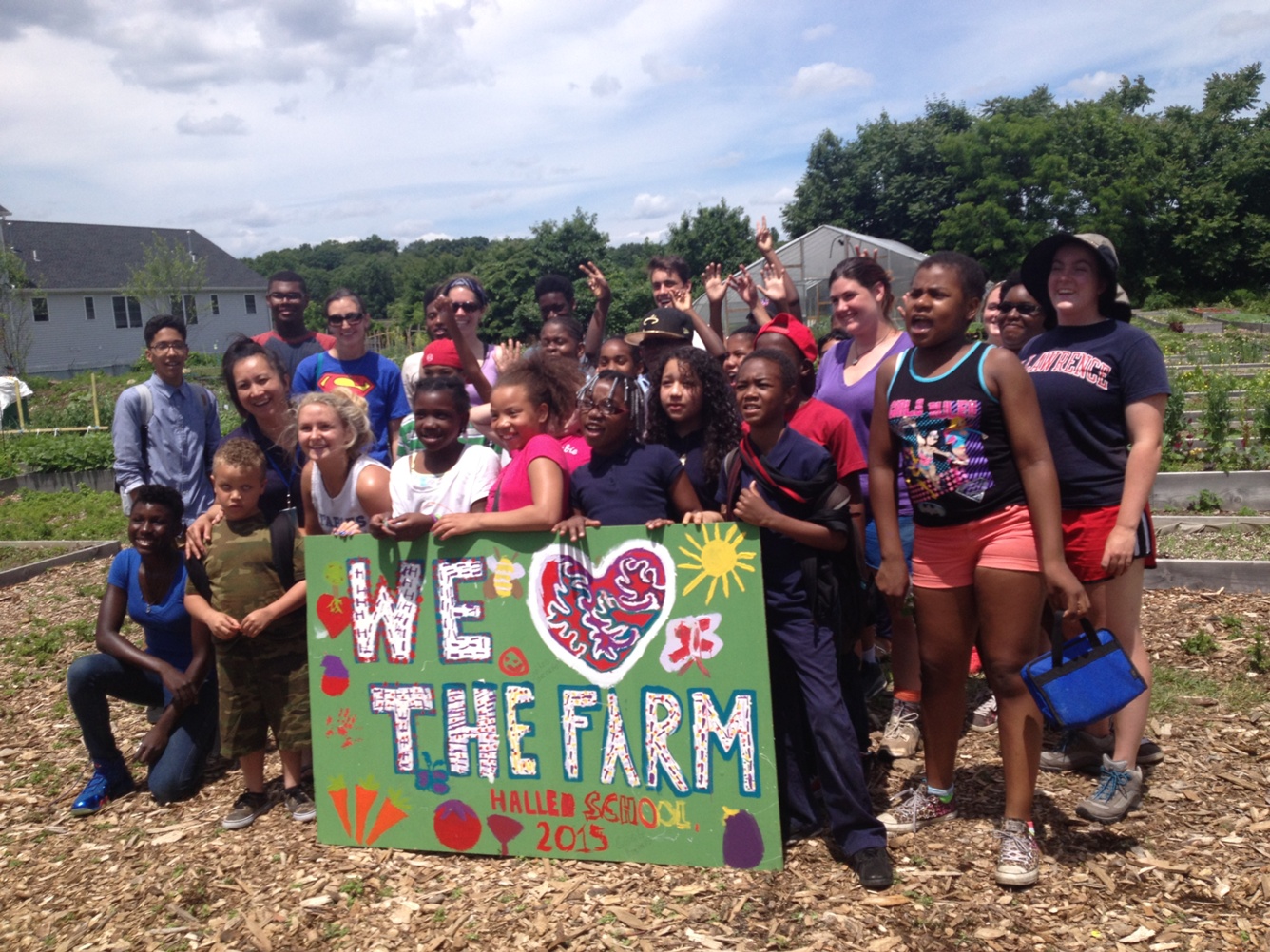When it comes to asking for donations it’s not all about who is asking, but also about how you ask. The fundraising email is one of the most common and effective ways of soliciting donations so read this short guide to learn how to optimize this valuable fundraising tool.
Work on Your Timing

Choose the right time to send your email. It used to be commonly believed that 6 to 9 AM was the best time to send a fundraising email, but now with people receiving so many morning emails you should consider shooting for early afternoon. There is evidence that that is when people are most generous with their donations. Make sure to experiment, every group is different so try sending some people the email at 6 AM and some at 1 PM and compare the results.
Sharpen Your Hook

Craft an eye-catching subject line, but don’t make it obnoxious. Some organizations choose to include multiple exclamation points, question marks and emojis in their subject lines. Sure that will make you standout, but I would caution against it because that can also make your email look like a promotion or a sale. Many people automatically ignore these types of emails.
Instead I would encourage you to personalize your subject and ask your audience a short question like, “Can the (name of your garden) community count on you?” or write an aspiration statement, “Help your (name of your garden) community.” These appeals work because they remind the reader that you (the sender of the email) and your audience are part of the same community.
That Personal Touch

Personalization and personification is going to be a common theme in this Grow-How piece because people are more likely to extend kindness to a person than an organization so you need to remind your audience of the people that make up your organization. A good way of personifying your appeal is to send your fundraising emails from one member of your team in particular. So instead of sending your emails from, for example, fundraising@centralhighgarden.org send them from janedoe@centralhighschoolgarden.org. Make sure you also sign off the email from the same person, you could even consider including a signature.
Tell Your Garden Story

People love a good story, how can you make your community garden into a story? Who are the characters? What were the obstacles? How did you overcome them? How can the recipient of this email become a character in that story?Also, I know you could write a whole novel about your garden journey, but no one’s got time for that. Keep it down to a few short paragraphs.
Powerful Images

A picture is worth a thousand words. It’s corny but its true. Choose 1 to 3 high quality images to include with your fundraising email. This ties back into the idea of personifying your organization. Images of people smiling at your audience elicits the types of feelings of care and camaraderie you want from your audience.
Emphasize(!)

End your email with a call to action and make sure every reader knows its a call to action. It could be as simple as “DONATE NOW!”. You decide how you want to catch your reader’s eye.
Include Links and Contact info in Footer
Now that you’re implementing these techniques people are going to be lining up around the corner to donate and get involved with your community garden. Make sure you have some links and contact info at the bottom of the email so people can easily take that next step.
Optimize for Mobile
Before you press that send button, send the email to yourself and check it on your phone. Make sure the images, layout and sizing of buttons are displaying correctly.





